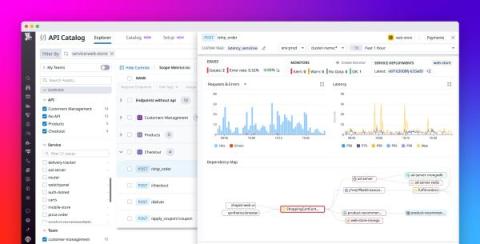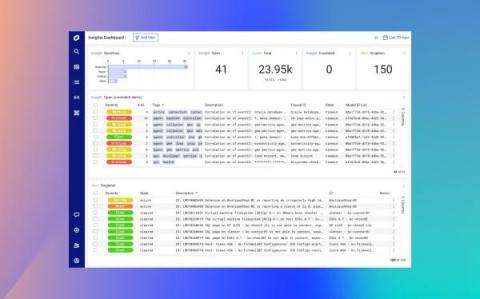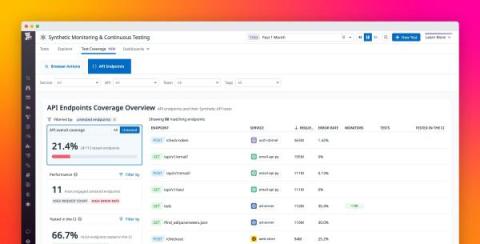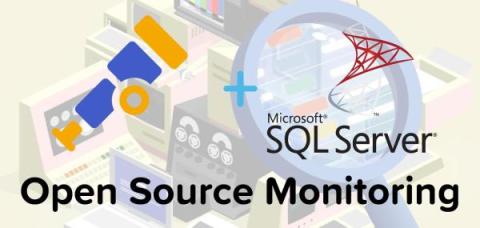Operations | Monitoring | ITSM | DevOps | Cloud
Technology
The latest News and Information on APIs, Mobile, AI, Machine Learning, IoT, Open Source and more!
Manage API performance, security, and ownership with Datadog API Catalog
Today’s modern applications are made up of thousands of loosely connected private and publicly exposed APIs, each serving a specific function. This dynamic API landscape, in combination with the decentralized nature of microservice development, can be overwhelmingly challenging to manage—let alone govern or secure adequately. API sprawl is often created as a result, leading to fragmented or nonexistent internal API documentation, knowledge bases, and toolsets.
Evolution at the Core: LogicMonitor's Transformative AI Empowers the Future
Improve your API test coverage with Datadog Synthetic Monitoring
As your applications grow, your teams may be faced with managing a complex, expanding mesh of potentially thousands of loosely connected APIs—each one a new point of failure that can be difficult to track and patch. API sprawl comes naturally in rapidly expanding, distributed applications, and the difficulty of maintaining centralized knowledge and toolsets for your APIs creates friction when teams need to leverage APIs they don’t own.
How to Monitor SQL Server with OpenTelemetry
Top tips: 4 easy but overlooked approaches to sustainability in tech
Top tips is a weekly column where we highlight what’s trending in the tech world today and list out ways to explore these trends. This week we’re looking at four ways in which you can make your tech landscape more sustainable. Going green is the new trend as we saw at the Apple event, Wonderlust. Apple’s CEO, Tim Cook, and the Apple team did an entire skit on how the company would achieve carbon neutrality by 2030.
Testing a Spring Boot API with SpringBootTest and CircleCI
When it comes to building and delivering modern web applications, the importance of continuous integration cannot be overemphasized. With the rapid pace of software development, ensuring that every change in your codebase is thoroughly tested and seamlessly integrated into your project is essential for maintaining a robust and dependable application.











